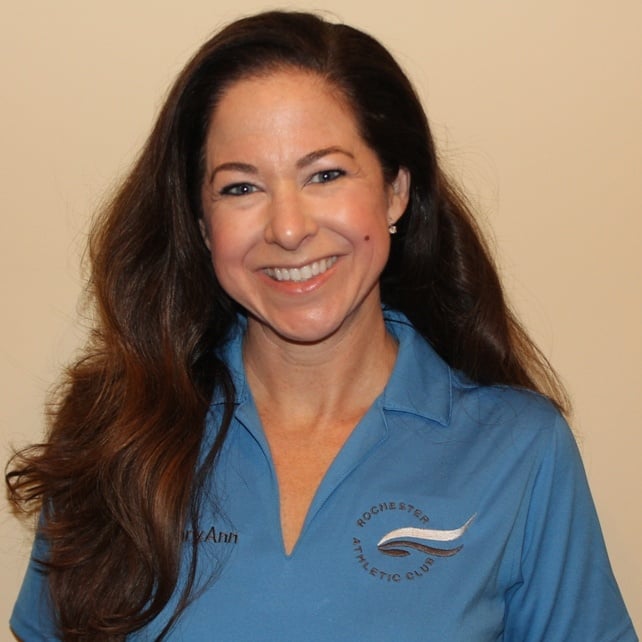Exercise and Immune Health - Finding the Perfect Balance
Posted by MaryAnn Matveyenko on November 29, 2017
Cold and flu season is upon us, and with it brings challenges for the avid exerciser. It’s tough to stay healthy and at peak performance during the holidays. Many find themselves caught in a frustrating cycle of illness, irregular workouts, and consequent under-performance. This pattern can often lead to prolonged illness and/or injury.
There are many (amazing!) physical and mental benefits of regular exercise. However, it is important to consider how exercise can affect your immune health. Research has demonstrated that with small, thoughtful modifications to your routine during the coming months, your workout can actually help to ward off pathogens as well.
Physical Stress and the Immune System
Because exercise at any intensity is a form of physical stress on the body, it results in the release of stress hormones into the bloodstream (“the fight or flight response”). Throughout a workout, the immune system responds to these stress hormones by mobilizing lymphocytes (T cells, B cells, and Natural Killer [NK] cells) along with cytokines and other immune factors to join the fight. Following exercise, it is important for the immune system to recover and replenish the immune cells to pre-exercise levels. This ensures that the body is continuously defended against bacterial or viral invaders.
Intensity Matters
Current data in exercise immunology suggests that the intensity of your workout can make all the difference when it comes to staying healthy. Regular exercise has been shown to improve immune function over the long term. But, the benefits appear to depend on the difficulty and duration of the training session. It is beneficial to examine two levels of workout intensity:
High-Intensity Workouts:
- Studies in both human and animal models demonstrate that prolonged, heavy/high-intensity workouts can temporarily suppress immune function, leaving the body vulnerable to illness for 3-72 hours following exercise. This post-exercise interval is referred to as the “open window of altered immunity”. Without an adequate rest and recovery period it can lead to subsequent illness or injury. Over-trainers beware!
Low-Intensity Workouts:
- In contrast, regular bouts of low/moderate-intensity exercise have been shown to boost key components of immune health, including elevated levels of NK cells and enhanced systemic anti-inflammatory effects. The “open window” is not observed following moderate intensity workouts, associating them with a decreased risk of infection.
Optimize Your Routine
Considering the implications of this data, it may be a perfect time to add some variety to your exercise routine.
- Alternate long, intense workouts with rest (sleep!) and active recovery classes like Yoga, Pilates, and Aqua Stretch and Tone. Alternating formats may help to ease both immune system and mental stress.
- Regularly participate in low/moderate-intensity workouts like Cycle, Barre, Zumba, Cardio Jam, PiYo, Yoga, Pilates, Aqua, Step, and FIT formats. These options can help build immune defenses over the long term, and provide a lower risk of post-exercise immune suppression.
Finding the perfect balance of exercise and immune health can be tricky this time of year. Yet with smart planning, you can find a healthy rhythm this holiday season. Happy Training!
References
- Gleeson, M., N.C. Bishop, and N.P. Walsh (eds.) (2013). Exercise Immunology. Abingdon: Routledge.
- Gleeson, M., N.C. Bishop, D.J. Stensel, M.R. Lindley, S.S. Mastana, and M.A. Nimmo (2011). The anti-inflammatory effects of exercise: mechanisms and implications for the prevention and treatment of disease. Nat. Rev. Immunol. 11:607-615.
- Lancaster GI, Halson SI, Khan Q, et al. Effects of acute exhaustive exercise and chronic exercise on type 1 and type 2 T lymphocytes. Exerc Immunol Rev. 2004; 10:91-106
- Mackinnon LT. Overtraining effects on immunity and performance in athletes. Cell Biol. 2000; 78: 502–9.
- Nieman, DC. Immune Response to heavy exertion. Journal of Applied Physiology, 1997;82: 1385-1394.
- Nieman DC1,Pedersen BK. Exercise and immune function. Recent developments. Sports Med. 1999 Feb;27(2):73-80.
- Nieman DC1,Miller AR, Henson DA, Warren BJ, Gusewitch G, Johnson RL, Davis JM, Butterworth DE, Nehlsen-Cannarella SL. Effects of high- vs moderate-intensity exercise on natural killer cell activity. Med Sci Sports Exerc. 1993 Oct;25(10):1126-34.
- Pedersen BK, Hoffman-Goetz L. Exercise and the Immune System: Regulation, Integration, and Adaptation. Physiol. Rev. 2000;80 1055-1081.
- Pederson AM, Pederson BK. The anti-inflammatory effect of exercise. J Appl Physiol. 2005;98(4):1154-1162.
- Timmons BW, Cieslak T. Human natural killer cell subsets and acute exercise: a brief review. Exerc Immunol Rev. 2008; 14: 8-23.

MaryAnn Matveyenko
MaryAnn Matveyenko, Group Fitness Instructor and RAC Exercise and Education Specialist has a Ph.D. in Integrative Biology. Prior to her family’s move to Rochester, MaryAnn served as the Director of the Instructional Exercise Physiology and Human Performance Laboratories at the University of Southern California in Los Angeles. She believes firmly in intelligent, realistic, accessible, and creative fitness programs for all populations, and strives to provide better experiences for RAC patrons each day.
Contact MaryAnn Matveyenko at (507) 287-9335 ext. 309.



